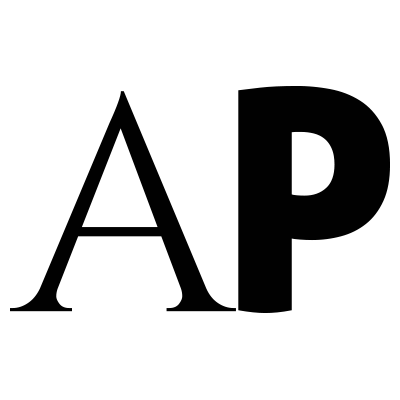I know. I’m a monster. I promise to get help.
I only realized the extent of my problem while reading Emma Healey’s second poetry collection, Stereoblind. Titled after the inability to perceive depth, the book certainly doesn’t lack any. And what Healey masterfully relates are the many depths of any one thing—objects, moods, relationships, experiences, locations, thoughts, scientific information—that can be perceived, separately or together.
From the extended poem “N12”:
I’m trying hard to write a poem about the differences
between things, how they disappear. It’s my only job
and I’m failing.
Tens of pages later, ending the same poem, Healey writes:
… The swan’s beak nudges the ceiling of the
tunnel. A larger truth is beginning to reveal itself, in the
corners, but I still can’t see it yet.
Healey combines an abundance of such insights, sightings and perspectives with brilliant and imaginative portrayals of sensory perceptions that give us something bright and clear to hold onto as each poem arcs back and forth between the lyric and the surreal, all of which turned this book into a disaster for me.
Not the poetry. It’s almost unbearably resonant and linguistically artful. In fact, it is so good that my copy is swollen with so many folds it looks like I’ve started reviewing from the shower.
Stereoblind constantly flips channels on perception, and then switches back again. The result is entrancing. From describing tests of the survival instinct of mice, to Healey and her roommates living around the renovation and resale of an aging Toronto rental house, Healey shifts focus and resets the distances again and again. She describes both the many individual parts that make up more than their sum, and the sums that remain incalculable yet that Healey tries to zoom in on nonetheless. Then she moves over to catch it all from another angle.
Even where Healey inserts a singular moral or synopses, like “I knew what he meant. The city was changing. Even the sky seamed new” at the end of one section of the poem “Impossible Colour,” it feels like she is intentionally sharing only one of many possible interpretations and perceptions.
Where the poetry slides into ethereal logic and language, each line remains rooted in the idea of the tangential. In “Flat Earth,” after listing moments (“we climb and daylight climbs with us”), objects (“the grid, the girls inside, the snarl of sky”) and ideas (“Power lies in definitions—melting loneliness to aspiration, mystery to physics”), she writes: “These things are real.”
Which is the crux of Stereoblind. What is real becomes the idea, and then we have two things that can be perceived in endless ways. How Healey describes them here is engaging, simultaneously as precise as her language and open-ended as the sprawling length of some of her poems. My copy is a mess, but it’s only because nearly every page offers a lens I’ll want to look through again.
ARC HITS THE HEART HARD.

